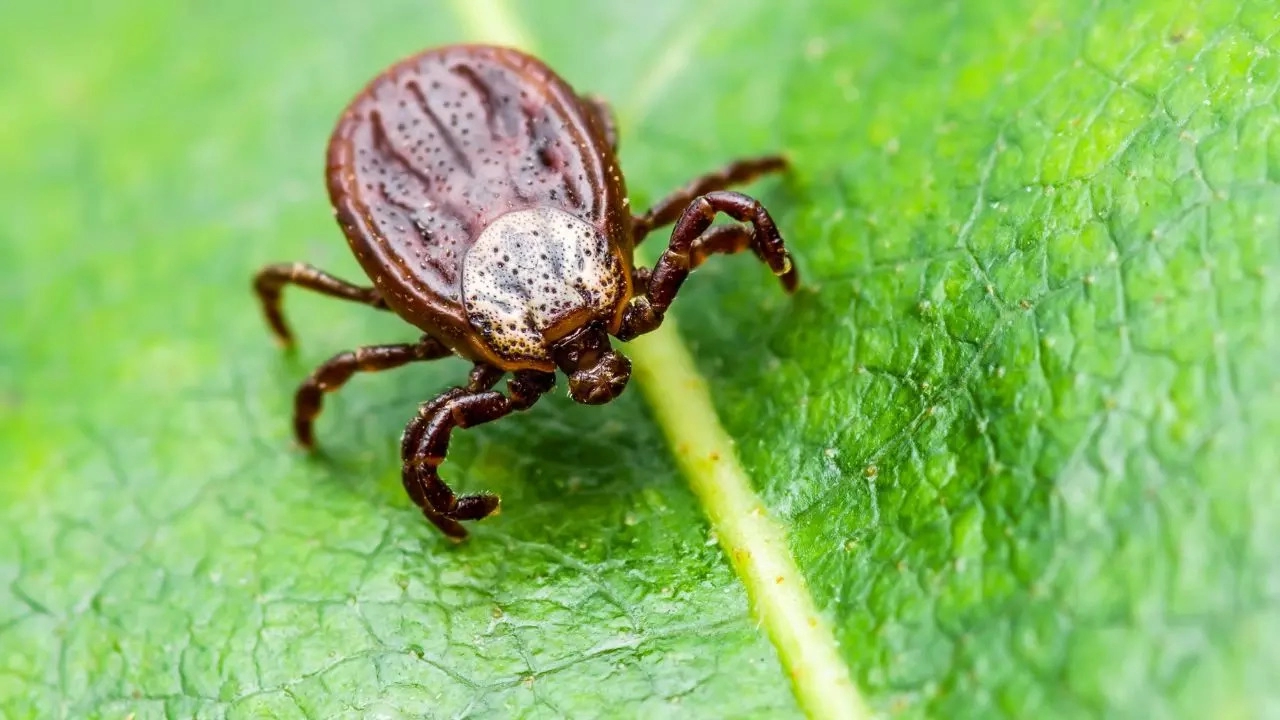Debosmita Ghosh • 31 Jul 2024
Man Dies After Contracting ‘Bleeding Eyes’ Disease From Tick Bite; Know About Crimean-Congo Hemorrhagic Fever

Man Dies After Contracting ‘Bleeding Eyes’ Disease From Tick Bite
A 74-year-old man died in Spain after contracting the lethal Crimean-Congo hemorrhagic fever (CCHF) which is also known as ‘bleeding eyes’ disease. This a viral disease which has a high fatality rate of 40%. The man was admitted to the Rey Juan Carlos University Hospital in the region of Mostoles on July 19 after being bitten by a tick in Toledo, around 100 miles southwest of Madrid, according to a report in Mirror.
After being diagnosed with the rare condition, the victim was transferred to a high-dependency isolation unit at La Paz University Hospital in Madrid to prevent transmission.
The doctors said that his condition was stable initially, however, later his condition deteriorated when after he developed all symptoms associated with CCHF. The 74-year-old died from the virus on Saturday. His death also marks the first CCHF-related death in Spain since May 2020.
Health authorities are on high alert to prevent further cases and contain the spread of this dangerous virus. This tick-borne disease is similar to that of Ebola and is listed by WHO as one of nine pathogens that are most likely to trigger a pandemic.
What is Crimean-Congo Hemorrhagic Fever?
Crimean-Congo haemorrhagic fever (CCHF) is a rare viral disease that is spread to humans by tick bites. It can also be contracted through contact with viraemic animal tissues (animal tissue where the virus has entered the bloodstream) during and immediately post-slaughter of animals.
CCHF is a threat to public health as it can cause epidemics, has a high case-fatality ratio (10–40%), potentially results in hospital and health facility outbreaks, and is difficult to prevent and treat. CCHF is endemic in all of Africa, the Balkans, the Middle East and Asia.
According to the World Health Organisation, the disease was first described in the Crimean Peninsula in 1944 and given the name Crimean haemorrhagic fever. “In 1969 it was recognized that the pathogen causing Crimean haemorrhagic fever was the same as that responsible for an illness identified in 1956 in the Congo Basin. The linkage of the two place names resulted in the current name for the disease and the virus.”
Symptoms of CCHF
Symptoms of HHCF usually tend to start 1-14 days after being exposed to the virus. Here, take a look at some of the symptoms of HHCF.
- High fever
- Severe headache
- Back and joint pain
- Stomach pain and vomiting
- Red eyes and flushed face
- Red spots on the roof of the mouth
- Jaundice
- Changes in mood and sensory perception
- Agitation
- Drowsiness
- Bleeding.
The Centres for Disease Control and Prevention (CDC) says that up to 50% of people hospitalized with CCHF will die.
Prevention of CCHF
Here, take a look at some of the preventive measures for Crimean-Congo haemorrhagic fever.
- Use DEET-containing insect repellent to prevent tick bites.
- Wear gloves, long sleeves, and pants when handling animals where CCHF is found.
- Avoid contact with body fluids of potentially infected animals or people.